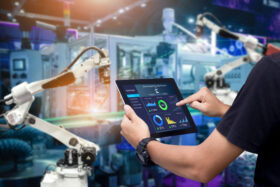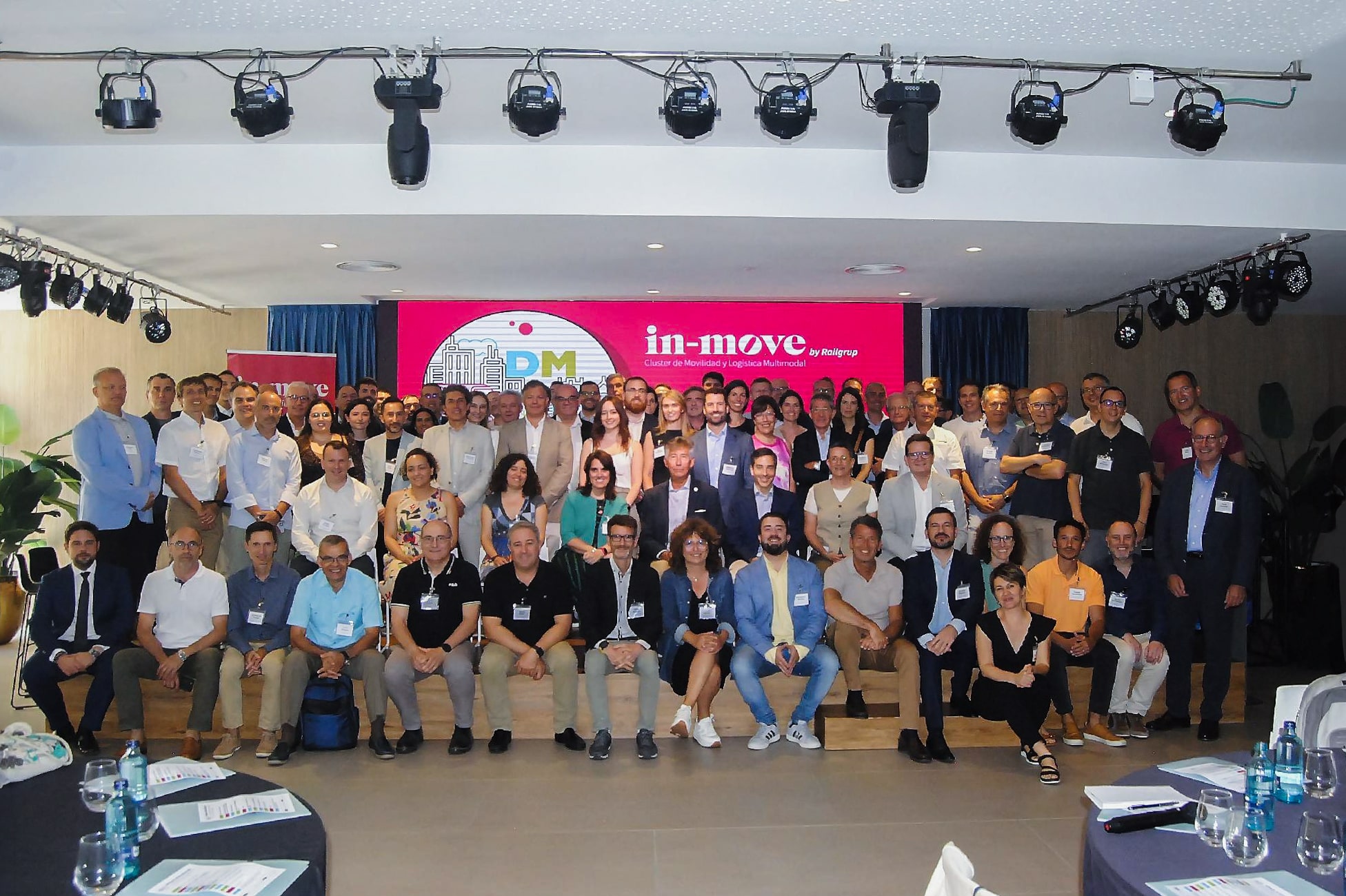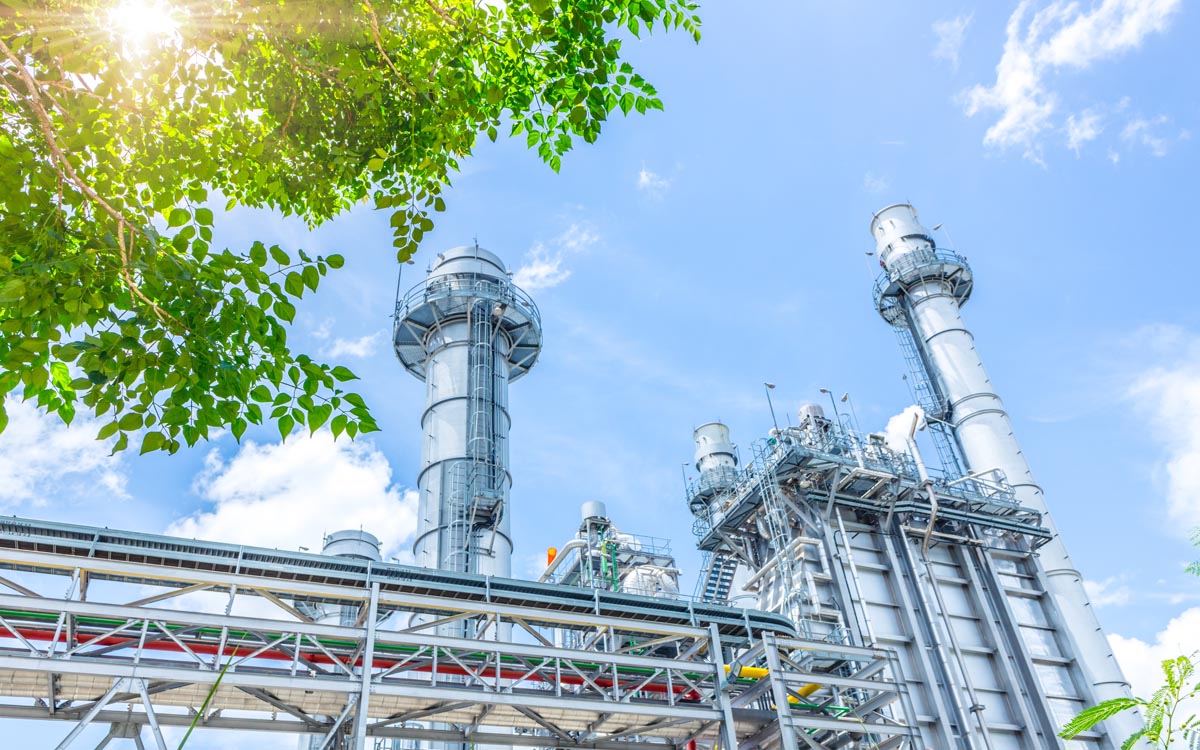Smart factory and resilient infrastructures

Goal 9 of the SDGs, “Industry, Innovation and Infrastructure”, refers to the need to make factories resilient and sustainable infrastructures. The 2030 Agenda stresses the importance of developing the Smart Factory in order to build a resilient infrastructure.
Tabla de contenidos
ToggleTo achieve resilient and sustainable infrastructures, the UN emphasizes the modernization and conversion of industries into Smart Factories.
Among the different points that appear in the set of Sustainable Development Goals (SDGs), there is one, number 9, which refers to the transformation of industry. The goal of achieving a more sustainable industry necessarily involves developing the so-called Smart Factory and building resilient infrastructures to meet the challenges facing the planet and humanity.
It was 2015 when the UN presented the SDGs, whose goals include the intention to end poverty, protect the planet and ensure that the 2030 Agenda is met, so that when that year arrives all people can enjoy peace and prosperity in a better environmental setting.
The goals of the 2030 Agenda are summarized in 17 points, but in this post we will focus precisely on that one, Goal 9, which seeks to achieve sustainable and inclusive industrialization. The intention of SDG 9 is to achieve resilient and sustainable infrastructures and, therefore, the UN emphasizes the need to modernize and reconvert industries by making a more efficient and responsible use of resources.
How to achieve SDG 9
To achieve SDG 9 of the 2030 Agenda, it is necessary to carry out a total transformation process of traditional industries. The vast majority of them have been in operation for many years, so they use outdated production techniques that are not efficient and are, of course, less sustainable. The construction of resilient industrial infrastructures therefore requires the development of different phases in the digital transformation processes.
In this sense, in order to achieve the so-called Smart Factory that achieves point 9 of the SDGs, it is necessary for organizations to adopt different technologies that allow transforming old industrial processes into cleaner and more sustainable ones. For this reason, the UN urges countries to take the necessary measures to achieve one of the major goals of the 2030 Agenda.
The role of technology
Technology plays an important role in achieving the sustainable development set out in Goal 9. Many factories are already adopting new models and implementing different technologies to achieve resilient infrastructures. In fact, the industrial sector is one of the most advanced in the deployment of new technologies, including big data solutions, artificial intelligence and automation, so that processes not only allow reducing energy consumption and the energy bill in industrial production, so that the necessary production is carried out by more efficient and productive industrial companies, but also more sustainable.
One of the characteristics of a resilient infrastructure is that the new intelligent factories or Smart Factories are fundamental for the development of Industry 5.0 and operate thanks to the use of ICT in such a way that, being fully digitized, they can operate practically autonomously. This results in improved production processes that translate, for example, into lower energy consumption and, consequently, a significant improvement in the sustainability of the industry.
In this scenario, the use of technologies such as big data, digital twins, automation and robotics or IoT mark the way to reach that smart factory. The fundamental goal of a smart factory is to achieve greater productivity and efficiency, while making its processes more resilient and sustainable.
The smart factory becomes a resilient infrastructure thanks to its use of all these technologies. The smart factory is more efficient and environmentally friendly and also enables employees to stop performing monotonous and repetitive tasks, giving them more capacity to focus on what is really important and brings more value.
Building resilient infrastructures
The smart factory and resilient infrastructures are not created overnight, but require time for study and the development of an industrial digitization strategy. In this context, the incorporation of a platform such as Smart Factory by aggity, which integrates the industrial planning solution Planet Together by aggity and the industrial management software Opera MES with aggity, makes it possible to automate and incorporate intelligence to industrial processes thanks to the advanced use of data analytics, artificial intelligence and machine learning.
Examples of resilient infrastructures
SDG 9 is perhaps one of the goals that can be achieved more easily since the development of the smart factory has been underway for some time. It is the companies themselves that saw the advantages of transforming the traditional factory concept, among which were the improvement of production processes or the reduction of the energy bill.
In fact, there are already examples of resilient infrastructures that, thanks to automation and data analysis, have developed much more agile logistics chains in which ships and trucks can communicate autonomously with ports or warehouses. This reduces energy consumption and CO2 emissions, making cargo transportation more sustainable.
Improve manufacturing processes
The development of resilient infrastructures and the construction of the smart factory also involves improving product manufacturing processes. For example, one of the most common uses that is gaining increasing acceptance in industrial environments is the use of data analytics, which enables industrial companies to make predictions and thus drive with the high beams on.
In this way, the company can know precisely the number of products that need to be manufactured to meet demand and also has the capacity to anticipate demand peaks that may occur, enabling the development of more sustainable and efficient business models.
Likewise, the adoption of AMR robots, capable of performing tasks independently and without the need to be controlled by a human, is another of the innovations that industrial environments are implementing to achieve resilient infrastructures.
In short, thanks to the so-called 4.0 transformation, which incorporates technological tools to improve supply chain efficiency and reduce energy consumption and environmental impact, smart factories are distinguished by greater production and energy efficiency, making them direct contributors to the fulfillment of SDG 9 of the 2030 Agenda.
Últimos posts

IBM Think 2024 bets on Generative Intelligence and It Automation solutions

aggity participates in the “Mobility Dialogues” meeting organized by IN-MOVE by Railgrup

aggity appoints Diego Viudes as new commercial director for the spanish business

Key developments in green innovation

Aggity signs a commercial agreement with Sener to address energy efficiency and decarbonization projects in the industrial sector.

“Sustainability, without data, is simply a pipe dream.”

Improvements in corporate data protection





